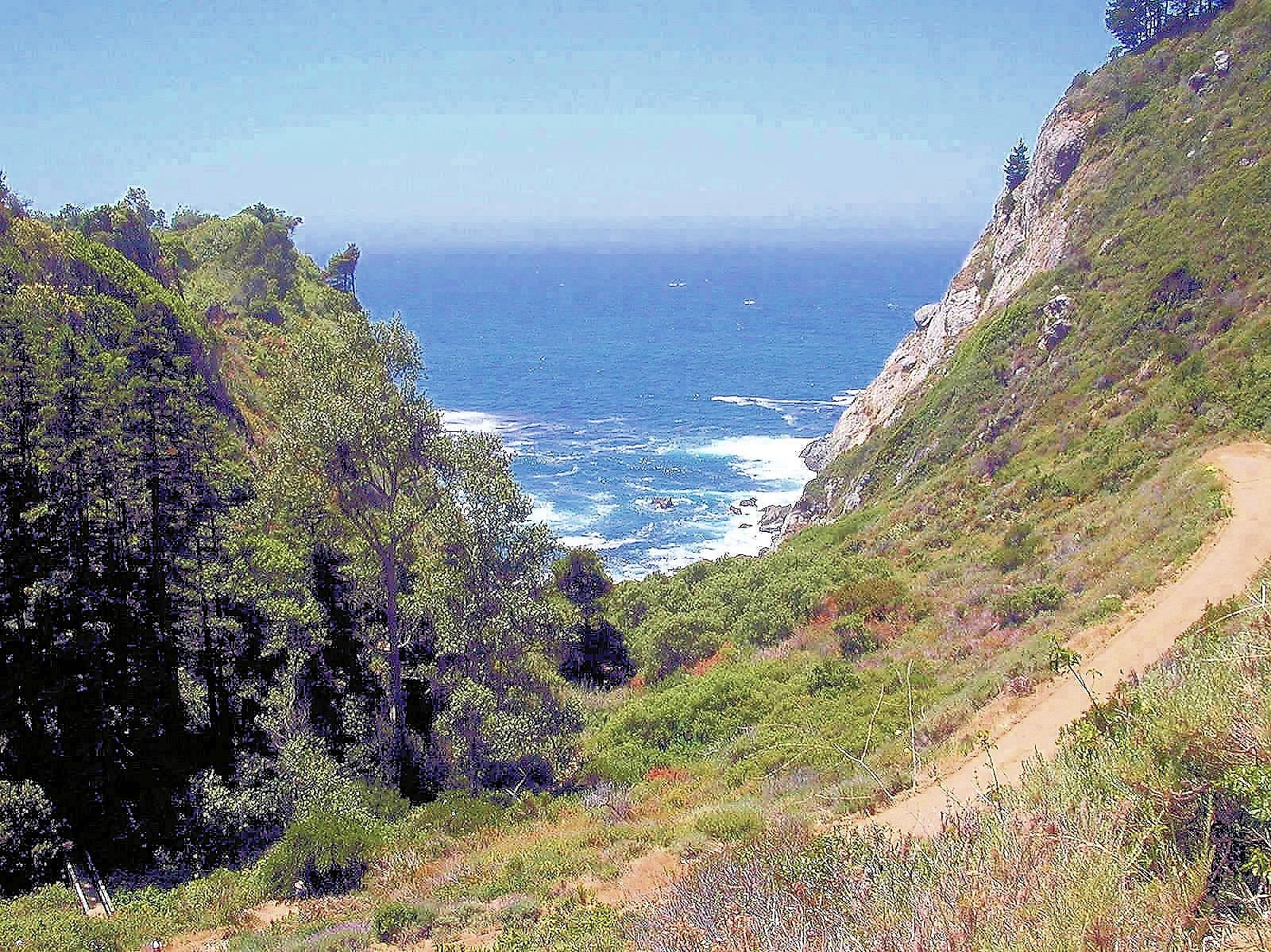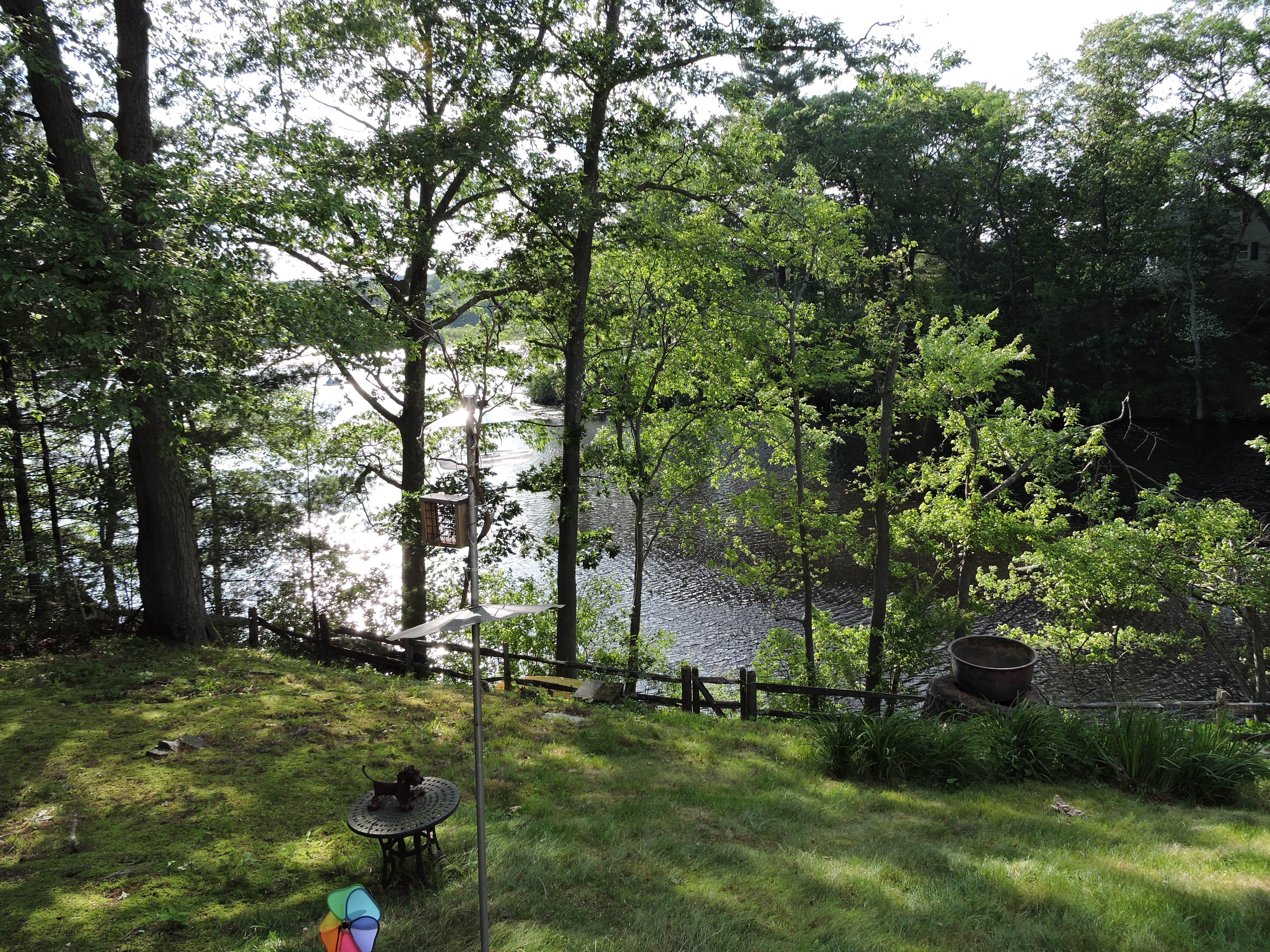HIERARCHY of NEEDS: THE COMPLETE STORY PART 1
Maslow loved Hierarchies. In a future book I will go into details about this love affair, but for now, it would be sufficient to say that it was his favorite way to describe complex subjects. There was, of course, his famous hierarchy of needs, and then this hierarchy was broken down to sub-hierarchies of deficiency needs or growth needs and then there were hierarchies of peak experience, of happiness, of frustration, etc. In this chapter, we will examine the complete story of the Hierarchy of needs. You will have a chance to examine a diagram that most accurately reflects a comprehensive perspective on Human Needs
The Deficiency needs
Maslow’s motivational theory can be represented by a Six tier model of human needs/motivations. These needs are prepotent meaning that the more basic (lower) needs must be satisfied( not completely fulfilled) before you can focus more of your interest and energy on to the higher needs. The first four levels( physiological, safety, love, and esteem are called Basic or Deficiency needs. These needs arise from our inherent nature and will preoccupy us until satisfactorily gratified
Maslow called the Basic Needs deficiency needs because they needed to be substantially fulfilled in order for you to progress on the journey of becoming fully human. With the basic needs satisfied you could now focus on actualizing your capacities and potentialities and maybe even make forays into transcendence(more about that later.) Maslow described this process of addressing deficiency needs then growth needs in the following way:
“Where it( behavior) is primarily deficiency-motivated, it is more need-reductive, more homeostatic, more the relief of felt deficit. When behavior is more growth-motivated, it is less need-reductive and more a movement toward self-actualization, it is less need-reductive and more a movement toward self-actualization and fuller humanness, more expressive, more selfless, more reality-centered.” —Abraham Maslow (The Psychology of Science, pg. 22) By definition, self-actualizing people are gratified in all their basic needs (of belongingness, affection, respect, and self-esteem). This is to say that they have a feeling of belongingness and rootedness, they are satisfied in their love needs, have friends and feel loved and love-worthy, they have status and place in life and respect from other people, and they have a reasonable feeling of worth and self-respect.” (pg. 299) Farther
The Basic Needs that Maslow described were hierarchical On the journey to Full Humanness we all start off in the same place( Needy) and are directed by our instinctoid needs to head in the same direction— towards life fulfillment and satisfaction( self-actualization and transcendence). It was necessary to satisfy the physical needs for food, water, shelter before other higher needs could emerge. Once basic physical needs are satisfied they tended to disappear from consciousness, be taken for granted or ignored, while our focus shifts to safety’
Physiological needs: These are the most basic of human needs, these are the things that we require in order to survive. This first level of the hierarchy concerns our biological needs such as food, water, shelter, sex, sleep, etc.. Without food and water, we cannot continue to live. Without sleep, we cannot function, without shelter, we cannot stay healthy. But just enabling survival is not for most human beings
Safety needs
This level focuses on safety, protection from a hostile environment, security in one’s person and possessions, and a sense of stability guaranteed by law and. Order. In a similar fashion as with your physiological needs, if your life experiences have been reasonably positive, you have been protected and cared for adequately, and have not endured significant traumas putting your physical or emotional well-being at risk, then your safety needs will also recede from attention and focus of motivation
Love and Belonging
The third level of the hierarchy has to do with Love and Belonging. For most people achieving adequate satisfaction of these needs pose a greater challenge than meeting physical and safety needs. Love and belonging needs require you to expand your capacities beyond your own perspective and desires. Successful relationships demand to continue fine-tuning, acceptance and loving “ the other”, and at times a willingness to lose yourself infusion with your partner. The journey can be difficult, the risks are great, but the payoff can be wondrous.
Esteem/self-esteem
The final level of Basic Needs concerns self-esteem. The great questions of self-esteem regard how you see yourself and how others see you. Many variables impact esteem, including, affirmation and recognition in childhood, acceptance of your gifts and capacities and realistic assessment of the successes and failures in your life.D ifficulty in accepting your own worthiness can pose a block in your ability to enjoy and embrace the fullest pleasures that can be yours.
Growth and Meta-Needs
The hierarchy is not static. While we are continually drawn upward by curiosity, boredom or instinctoid drives, severe life events may reopen inadequately resolved lower levels. Maslow described the nature of this drive in the following quote;
“The answer I find satisfactory is a simple one, namely, that growth takes place when the next step forward is subjectively more delightful, more joyous, more intrinsically satisfying than the previous gratification with which we have become familiar and even bored; that the only we can ever know what is right for us is it feels better subjectively than any alternative.” Toward 45
Self-Actualization
Recognizing the attractiveness of the higher needs one may be tempted to focus on getting to the highest level of the hierarchy as quickly as possible. Unfortunately, this level is only possible by first securing and reinforcing the satisfaction of basic needs in the first four levels. Later in his life, Maslow characterized the next two levels( self-actualization and transcendence) as B-Levels( Being-Levels) in contrast to the first four levels which were largely deficiency driven.
Self-actualization is about Being and living our fullest potentialities. In this and the next level we are no longer striving or becoming but are living our lives on a higher plane Maslow described this level as follows: By definition, self-actualizing people are gratified in all their basic needs (of belongingness, affection, respect, and self-esteem). This is to say that they have a feeling of belongingness and rootedness, they are satisfied in their love needs, have friends and feel loved and love-worthy, they have status and place in life and respect from other people, and they have a reasonable feeling of worth and self-respect.” (pg. 299) Farther.
Self-Transcendence.
The highest level, self- transcendence, does not appear on many descriptions of Maslow’s hierarchy of needs. In his work on theory Z, Maslow describes a higher motivational level which he calls transcendence. The nature of transcendence( see chapter 8) earns it a place on the top of the Hierarchy of Needs. In this level, self-actualizers do not merely reach a point of accessing their fullest potentialities but they actually regularly transcend it. Such transcendence is characterized by the influence of frequent peak experiences which are life-affirming and illuminating events. )
As Maslow continued his research into human nature he recognized that in addition to the deficiency and growth needs, there were also many meta needs that were important to those who reach the levels of self-actualization. Two especially important needs, but ones that Maslow did not place on the Hierarchy are curiosity or exploration, and aesthetics. Maslow addressed the curiosity issue in his paper entitled, The Need to Know, and the Fear of Knowing.
THIS is the end of Part 1. This Blog represents an improvement on Maslow Pyramids that already exist. Future Blogs will reveal the completed hierarchy containing the 8 Needs that Maslow described but which have never before been accurately portrayed



